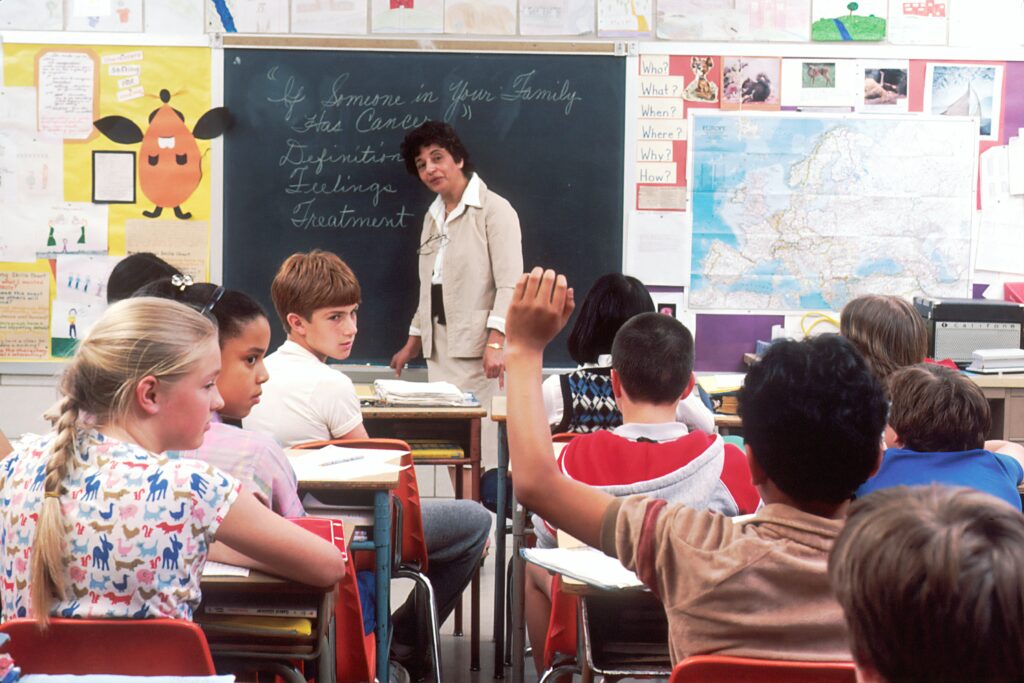Introduction
U.S. education policy has undergone tremendous change in the last few decades. From rigid standardized testing under No Child Left Behind (NCLB) to the flexible frameworks in the Every Student Succeeds Act (ESSA), the evolution of federal and state education laws has reshaped classrooms, assessments, and funding models nationwide.
This article provides a complete comparison of U.S. education policy—examining key laws, reform movements, political influence, and future directions. Whether you’re a student, parent, educator, or policy analyst, this guide will give you clarity on how American education policies have evolved and what lies ahead.
What Is Education Policy and Why Does It Matter?
Education policy refers to the principles, rules, and funding priorities set by governments to guide how schools operate. It influences:
- Curriculum standards
- Testing requirements
- Funding distribution
- Teacher qualifications
- Student rights
NLP Keywords: federal education reform, U.S. Department of Education, ESSA vs NCLB, policy implementation, equity in education, school accountability, funding formulas, testing standards
Major Milestones in U.S. Education Policy
| Year | Policy Name | Key Features |
|---|---|---|
| 1965 | Elementary and Secondary Education Act (ESEA) | Federal funding for low-income schools |
| 2001 | No Child Left Behind Act (NCLB) | Standardized testing, school accountability |
| 2015 | Every Student Succeeds Act (ESSA) | More state control, reduced federal oversight |
| 2020 | CARES Act for Education | COVID-19 relief funding for schools and remote learning |
| 2021 | American Rescue Plan | Recovery funds and mental health support |
No Child Left Behind vs. Every Student Succeeds Act: A Direct Comparison
Table
| Category | No Child Left Behind (2001) | Every Student Succeeds Act (2015) |
| Accountability | Federal-driven, rigid testing targets | State-designed accountability systems |
| Testing | Annual testing in reading and math | Maintains testing but more flexibility |
| Teacher Evaluation | Tied to student test scores | Decoupled from mandatory test linkage |
| School Funding | Performance-based funding adjustments | Equity-focused funding flexibility |
| State Control | Limited state control | Significant state autonomy |
Top Policy Themes Across Decades
- Standardized Testing and Assessment
From NCLB’s annual tests to ESSA’s flexibility, testing remains central but controversial. - Equity and Inclusion
Policies now aim to address racial, economic, and ability-based disparities. - Teacher Quality and Pay
Federal and state efforts are increasing focus on certification, training, and retention. - Technology Integration
COVID-19 accelerated digital learning, highlighting broadband gaps. - School Choice and Charter Expansion
School choice remains a divisive but growing policy trend.
Education Funding Trends Over Time
Table: Per-Pupil Spending in U.S. Public Schools (2020–2024)
| Year | National Average Per Student | Federal Contribution | State/Local Contribution |
| 2020 | $13,300 | 8.4% | 91.6% |
| 2022 | $14,200 | 9.1% | 90.9% |
| 2024 | $15,100 (est.) | 10.5% (post-COVID) | 89.5% |

List: Challenges Still Facing U.S. Education Policy
- Persistent achievement gaps among minority and low-income students
- Disparities in school funding across states
- Outdated curriculum models and digital literacy gaps
- Teacher shortages and burnout
- Political polarization affecting policy continuity
Recent & Emerging Policy Trends
- Competency-Based Learning – Focuses on mastery over seat time
- Social-Emotional Learning (SEL) – Includes student well-being in policy goals
- Career and Technical Education (CTE) – Emphasis on workforce readiness
- Student Loan Forgiveness & Tuition Reform – Addressing higher education affordability
Internal Link Suggestion:
👉 Explore Higher Education Reform Trends
External Link Suggestion:
🌐 U.S. Department of Education Official Policy Page
FAQs: A Complete Comparison of U.S. Education Policy
1. What was the main goal of No Child Left Behind?
To improve academic outcomes through accountability and standardized testing.
2. How is ESSA different from NCLB?
ESSA gives more flexibility to states, moving away from a one-size-fits-all model.
3. What is the role of the federal government in education?
Primarily funding and setting national standards—states handle most implementation.
4. How have COVID-19 policies changed education?
Increased funding, remote learning adoption, and focus on mental health and equity.
5. What are future trends in U.S. education policy?
Focus on equity, digital tools, CTE programs, and tuition reform in higher ed.
Social SEO Markup (JSON-LD)
<script type="application/ld+json">
{
"@context": "https://schema.org",
"@type": "Article",
"headline": "A Complete Comparison of U.S. Education Policy",
"author": {
"@type": "Organization",
"name": "APKleez Editorial Team"
},
"publisher": {
"@type": "Organization",
"name": "APKleez",
"url": "https://apkleez.online"
},
"datePublished": "2025-07-14",
"articleSection": "Education Policy",
"keywords": "U.S. Education Policy, ESSA vs NCLB, American school funding, standardized testing reform, equity in education",
"description": "This comprehensive article compares major U.S. education policies like NCLB and ESSA, exploring changes in testing, funding, equity, and future reforms."
}
</script>Conclusion
Understanding the evolution of U.S. education policy is essential for everyone involved in the education system. From NCLB to ESSA, from federal mandates to state-led innovation, these policies have reshaped the way schools operate and how success is measured.
As education challenges continue to evolve, so must the policies that support it. With equity, flexibility, and innovation at the forefront, the future of American education holds both promise and responsibility.
📘 Ready to explore more?
👉 Visit our full policy library at APKleez.online
👉 Read our guide to education reform and innovation
#USEducationPolicy #EducationReform #ESSAvsNCLB #StandardizedTesting #EducationEquity #USSchoolFunding #HigherEdPolicy
✅ Internal Link Suggestions (from APKleez.online)
Make sure these link to actual pages (or create them if not yet published):
- The Impact of No Child Left Behind & Every Student Succeeds Act
→ Anchor: “NCLB vs ESSA policy outcomes” - Inclusive Classrooms: Benefits & Challenges
→ Anchor: “inclusive education in U.S. policy” - Study in the USA: Unlock Global Opportunities
→ Anchor: “U.S. education advantages for international students” - The Importance of Education in Today’s Fast-Changing World
→ Anchor: “modern educational priorities” - Future Career Paths That Demand Strong Technical Skills in STEAM
→ Anchor: “technical education policy direction”
🌐 External Link Suggestions (Authoritative Sources)
- U.S. Department of Education – Policy Page
→ For official education policy documents and updates. - Brookings Institution – Education Research
→ Use for data-driven insights and policy evaluations. - Education Week – Policy & Politics
→ For real-time coverage of U.S. education changes. - National Center for Education Statistics (NCES)
→ For statistical data and comparisons. - American Council on Education (ACE)
→ Covers higher education and federal/state interactions.

